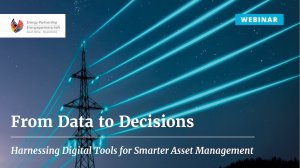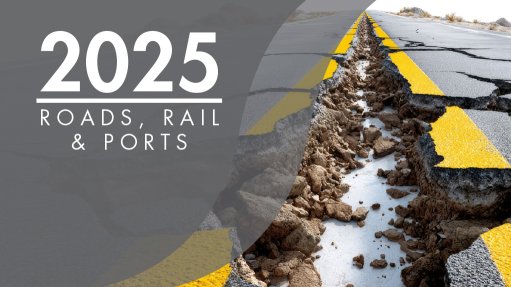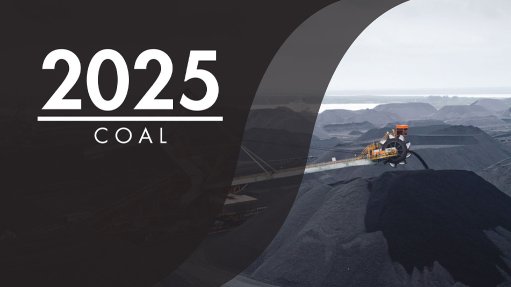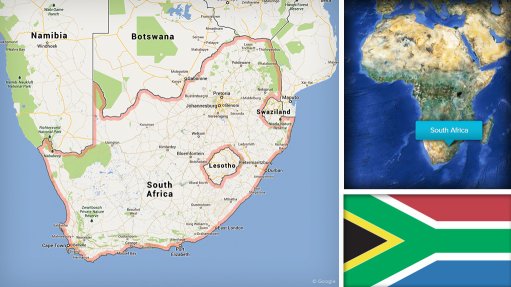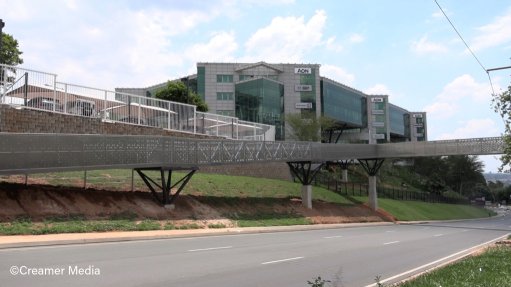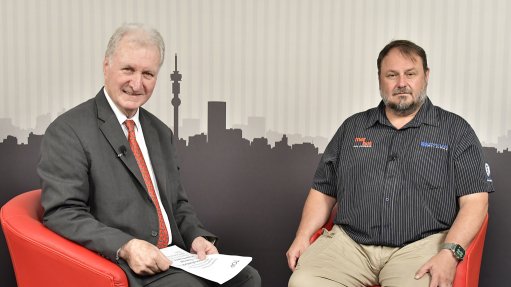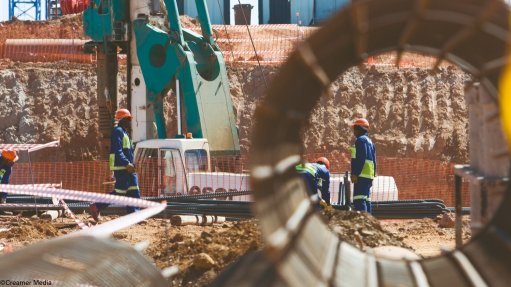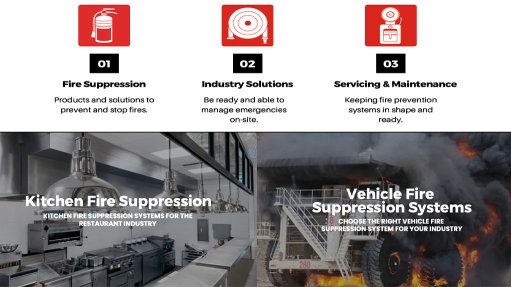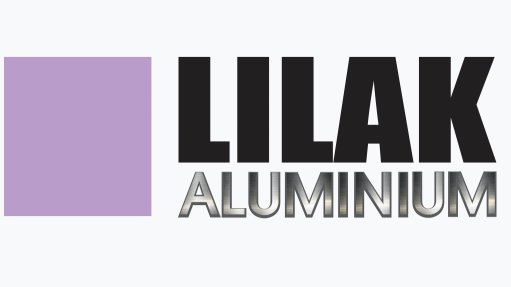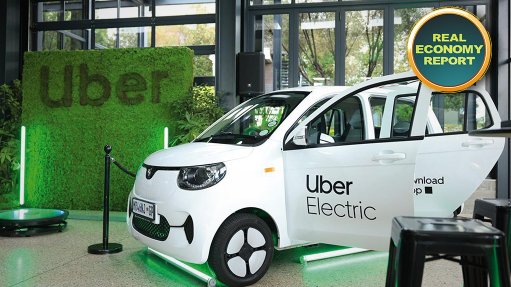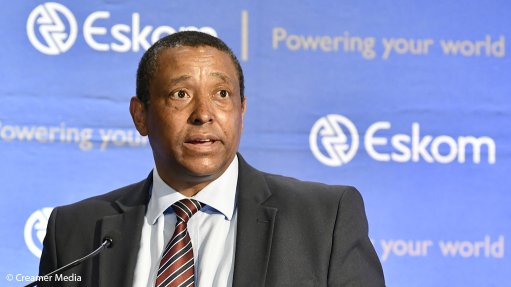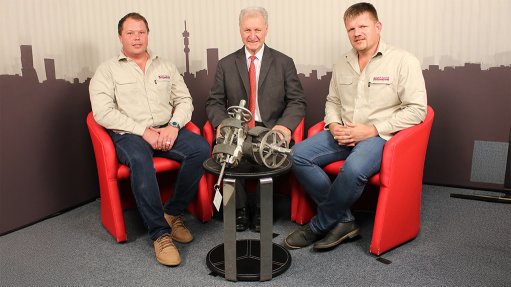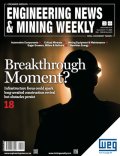Digital asset management will become backbone of modern energy system – consultancy

A panel of experts discuss the value that digitalisation and proper asset management can bring to South Africa's energy sector
In continuing a two-part series of webinars on opportunities for digitalisation in South Africa’s energy sector, expert participant Siham Salie-Abrahams, representing advisory firm HKA Global, said digital asset management (DAM) will become invaluable as the country transitions to a more integrated and modern energy system.
Broadly, digitalisation is the energy transition and critical to balancing supply and demand, as well as integrating renewables. “In the race for a sustainable future, digitalisation is our greatest ally,” added South Africa-German Energy Partnership secretariat Henrik Hartmann during the October 29 webinar.
The two-part webinar series, which was hosted by Creamer Media, draws on insights garnered by Deutsche Gesellschaft für Internationale Zusammenarbeit, or GIZ, in a report called 'From data to decisions: harnessing digital tools for smarter asset management'.
Salie-Abrahams highlighted that many utility assets in operation in South Africa were commissioned between the 1960s and 1980s, with investment levels not having kept pace with the need to grow and replace asset bases.
These aging assets now face disruption along the traditional value chain, from decentralised generation and demand-size operations to energy storage and the rise of electric vehicles, which necessitates technological innovation, particularly as the world population is forecast to grow to 9.2-billion by 2040.
In particular, utilities need increased responsiveness to meet new performance mechanisms; balance customer, regulator and shareholder needs; and perform more consistently over the long-term to protect market share.
To this end, DAM systematically organises, stores and retrieves digital representations of physical energy assets throughout their lifecycle. It optimises resources by leveraging advance digital technologies, including the Internet of Things (IoT), AI and blockchain.
For Salie-Abrahams, DAM is essential for enhancing operational efficiency, ensuring compliance with regulations and improving decision-making in energy management.
In South Africa’s context, digital technology adoption can support the country’s energy transition goals, streamline workflows, improve predictive maintenance and ensure adherence to environmental regulations. The predictive maintenance, for one, is critical for utilities that are already under financial pressure in the country.
“As much as these technologies are costly, we almost don’t have a choice if we want to reduce costs through efficiency,” Salie-Abrahams said.
From a global point of view, renewable energy is poised to account for more than 50% of electricity generation by 2050, for which DAM manages plants and stabilises the grid.
TECHNOLOGY BENEFITS
By digitalising the energy value chain using IoT, sensors can provide real-time tracking of energy assets such as transformers and substations. Continuous data collection of this calibre allows for proactive maintenance, reduced downtime and improved operational efficiency.
AI, in turn, can analyse vast amounts of data from IoT sensors and records to predict equipment failures and automate decisions. This technology also extends asset lifespan and thereby reduces costs while improving energy reliability.
By analysing financial data using AI, utilities can do revenue forecasts and garner insights about operational costs and market trends.
Digital twins, moreover, created real-time virtual models of physical wind turbines or substations, for example, to optimise performance. Salie-Abrahams explained that real-time simulations and insights from digital twins supported faster and more accurate operational and strategic decisions.
Blockchain, meanwhile, provides a tamper-proof and decentralised ledger ensuring secure and transparent transaction records for energy management, especially as peer-to-peer trading starts to take shape in South Africa. This technology also reduces fraud and transaction costs and can boost trust in carbon credit markets.
For the country to achieve a smart, data-driven energy future, it would require unified infrastructure, investment, policy alignment and empowered stakeholders, Salie-Abrahams noted.
She elaborated that government would have to consider smart-grid-friendly policies and regulatory sandboxes to foster secure innovation and digital transformation in the energy sector.
Another requirement is that of upskilling energy professionals in AI, data science and cybersecurity for a digital-ready workforce.
For consultancy EY senior technology manager Avinash Singh, connectivity transforms power grids into intelligent, responsible digital energy ecosystems. “Connectivity enables communication between producers, consumers and operators, forming the foundation of digital energy systems,” he said.
He believed there to be potential to establish a national energy data exchange platform as a cloud-based centralised data hub integrating IoT, AI and advanced measurement instruments across the country.
PRACTICAL APPROACH
While Eskom had an active and evolving DAM system and some metros had strategic planning for asset management underway, Salie-Abrahams said more utilities and municipalities would have to get on board for an efficient and integrated energy system.
To achieve the desired value from digitalisation, however, decisions should be value-driven based on operational criticality: is the aging plant essential to the value chain?; cost-benefit analysis: will digitalising it reduce downtime, improve traceability or enhance sustainability?; upgrade feasibility: can it support digital sensors, connectivity or automation without major retrofitting?.
In many cases, Salie-Abrahams said, selective digitalisation focusing on high-impact assets was more effective than blanket upgrades.
She emphasised that edge computing or mobile data collection could often bypass infrastructure limitations and that modular technology, such as plug-and-play IoT devices, mobile applications and cloud platforms could be deployed incrementally.
“Avoid over-engineering, start with data capture and visibility then scale to analytics and automation.”
Article Enquiry
Email Article
Save Article
Feedback
To advertise email advertising@creamermedia.co.za or click here
Comments
Announcements
What's On
Subscribe to improve your user experience...
Option 1 (equivalent of R125 a month):
Receive a weekly copy of Creamer Media's Engineering News & Mining Weekly magazine
(print copy for those in South Africa and e-magazine for those outside of South Africa)
Receive daily email newsletters
Access to full search results
Access archive of magazine back copies
Access to Projects in Progress
Access to ONE Research Report of your choice in PDF format
Option 2 (equivalent of R375 a month):
All benefits from Option 1
PLUS
Access to Creamer Media's Research Channel Africa for ALL Research Reports, in PDF format, on various industrial and mining sectors
including Electricity; Water; Energy Transition; Hydrogen; Roads, Rail and Ports; Coal; Gold; Platinum; Battery Metals; etc.
Already a subscriber?
Forgotten your password?
Receive weekly copy of Creamer Media's Engineering News & Mining Weekly magazine (print copy for those in South Africa and e-magazine for those outside of South Africa)
➕
Recieve daily email newsletters
➕
Access to full search results
➕
Access archive of magazine back copies
➕
Access to Projects in Progress
➕
Access to ONE Research Report of your choice in PDF format
RESEARCH CHANNEL AFRICA
R4500 (equivalent of R375 a month)
SUBSCRIBEAll benefits from Option 1
➕
Access to Creamer Media's Research Channel Africa for ALL Research Reports on various industrial and mining sectors, in PDF format, including on:
Electricity
➕
Water
➕
Energy Transition
➕
Hydrogen
➕
Roads, Rail and Ports
➕
Coal
➕
Gold
➕
Platinum
➕
Battery Metals
➕
etc.
Receive all benefits from Option 1 or Option 2 delivered to numerous people at your company
➕
Multiple User names and Passwords for simultaneous log-ins
➕
Intranet integration access to all in your organisation


